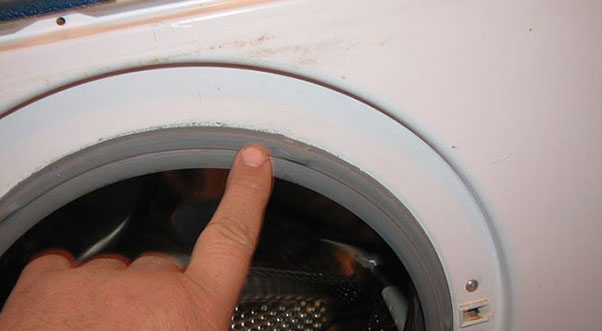
Progress does not stand still, but even modern washing machines are unprotected from breakdowns. It often brings the cutter into the washer, which breaks from the bottom and becomes impossible to wash. Few people know that you can turn the washing machine's cuff and continue using the equipment as if nothing had happened. Today we will tell you about this simple repair, which will help save money and time.
Some try to use force in this operation, but in this way, the cuff will not turn over. The rubber band is attached to the machine with the help of internal and external clamps, so if you do not first disconnect them, you cannot move the rubber seal. It will take time, but otherwise, something else will work.
Choose your repair tools carefully. Do not use small sharp screwdrivers, stationery, cutlery, or other knives. Otherwise, there is a high risk of damaging the cuff even more.
Such budgetary repairs occur, but they only sometimes correct the situation by 100 percent. Sometimes, the gum leaks, so you have to go for a new part or try to patch up the old one.
Of course, it will not work to glue the gum with glue. Neither a moment nor superglue nor any other glue will ensure the long-term performance of the machine. After the procedure, the washing machine will be able to wash normally only once, and even that is not a fact. Hot water, powders, fabric softeners and other detergents destroy almost any adhesive. Only silicone sealant can resist. With its help, we will restore the sealant.
The cuff is repaired if the machine usually washes and does not leak. Such a repair is enough for about six months, so if you do not want to buy new gum, then after six months, you need to update the silicone sealant. Otherwise, it will begin to break down over time.
The main disadvantage of such a budget repair is that it is difficult to get to the damage. If the part is torn from below, you are lucky, but it can also break in the central groove, which is not particularly crawlable. In this case, you must remove the rubber completely, sew it up, and install it from scratch. And if you have to do such complex manipulations and remove the cuff, you should buy a new one and not install the damaged part back.
Copyright © 2020 Coimbatore Service.